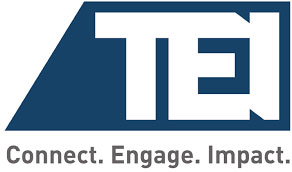Chief Counsel Memorandum (“CCM”) 20214101F: A New Landscape for Research Credit Refund Claims
Cate Stewart, MASSIE R&D Tax Credits
What is CCM 2021410F?
CCM 20214101F (the “CCM”) was announced by the IRS in a News Release on October 15, 2021. The memorandum identifies what information a taxpayer must include at the time of an administrative claim for refund or credit (“refund claim”) for the Section 41 research credit for the refund claim to be valid under the specificity requirement under Treas. Reg. Section 301.6402-2(b)(1). Under the memorandum, a valid Section 41 research credit refund claim must, at a minimum, include the following:
- Identify all the business components to which the Section 41 research credit claim relates for that year
- For each business component:
- Identify all research activities performed;
- Identify all individuals who performed each research activity; and
- Identify all the information each individual sought to discover.
- Provide the total qualified employee wage expenses, total qualified supply expenses, and total qualified contract research expenses for the claim year (which can be done using Form 6765, Credit for Increasing Research Activities).
The memorandum also requires that the facts provided must be accompanied by a written declaration verifying the facts signed under the penalties of perjury and that the refund claim must be submitted within the statute of limitations (i.e., within the later of three years of the date the Form 1040 or 1120 was filed or two years from when the tax was paid).
Why is CCM 2021410F significant?
The CCM is significant, because it greatly expands the level and amount of detail that taxpayers and practitioners historically understood the specificity requirement to require for Section 41 research credit refund claims. Further, under current case law, attaching only a completed Form 6765 to a research credit refund claim was found to be legally sufficient. See Premier Tech, Inc. v. United States, No. 2:20-CV-890-TS-CMR, 2021 WL 2982064 (D. Utah July 15, 2021). This means that the requirements of the CCM go beyond what is currently mandated by the courts and what is requested by the existing Form 6765. The IRS explicitly addresses this issue in Footnote 27 of the CCM indicating that “the Service and Counsel are currently evaluating the [Premier Tech] opinion.”
What is the effective date of CCM 2021410F?
Taxpayers must include this information with a timely filed Section 41 research credit claim starting January 10, 2022. There will be a transition period for amended research credit refund claims filed during the period January 10, 2022, through January 9, 2023, during which taxpayers will have 45 days to perfect a research credit claim for refund that is deemed deficient because it failed to provide the minimum criteria prior to the IRS’ final determination on the claim.
How did the guidance released earlier this month change or clarify CCM 2021410F?
On January 3, 2022, the Office of Chief Counsel released an interim guidance memorandum (“interim guidance”) and a set of frequently asked questions (“FAQs”) to provide procedural guidance for applying the field advice provided in the CCM. The interim guidance contains three attachments that update procedures for research credit claims in the Internal Revenue Manual (“IRM”), which do not significantly modify the CCM.
Specifically, the interim guidance does not change the information required to be provided for a Section 41 refund claim set forth in the CCM. It does clarify that a taxpayer does not need to describe the four-pour-test in detail in explaining all research activities performed by business component. The interim guidance also explains that individuals who performed each research activity by business component and the information each individual sought to discover by business component can be provided in a list, table, or narrative. Further, the FAQs clarify that a group of individuals who performed research activities and sought to discover the same information for a business component can be listed together for that one business component with one description of the information they sought to discover. This may ease some of the administrative burden of meeting this requirement.
The interim guidance also extends the 30-day period initially provided with the CCM to perfect a research credit claim during the one-year transition period to 45 days. The interim guidance specifies procedures for claims filed during and after the transition period. For claims filed during the transition period, taxpayers that fail to provide the required information will be notified with Letter 6428, Claim for Credit for Increasing Research Credit Activities – Addition Information Required, and the 45-day perfect period will start from the date Letter 6428 is issued. Taxpayers who file claims after the transition period ends (i.e., on or after January 10, 2023) will not have the opportunity to perfect.
For taxpayers using statistical sampling for their research credit studies, the FAQs clarify that documentation for all units in the sample must be provided in addition to total qualified employee wage expenses, supply expenses, and contract research expenses.
Is CCM 2021410F legally binding on taxpayers and/or the IRS?
No. Chief Counsel Memoranda have no precedential value and cannot be relied on by taxpayers. They are intended primarily for the IRS’ internal use. In this case, the CCM serves as field advice for field agents reviewing research credit refund claims.
CCM 2021410F was not published in the Internal Revenue Bulletin (“IRB”), which means that it is not technically binding on the IRS. However, it is possible that the IRS will restate or revise the guidance and publish it in the form of a revenue ruling or revenue procedure, which formally affects the rights or duties of taxpayers.
The interim guidance was published in the IRM, which does not have the force and effect of law. The IRM only governs the internal affairs of the IRS and provides guidance on how an examiner or agent may respond in the field. The procedures set forth are not mandatory or binding on the IRS.
What has the response been to CCM 2021410F and interim guidance?
Both taxpayers and practitioners have criticized the apparent policy changes set forth by the CCM and interim guidance for being implemented through non-authoritative field advice rather than a formal notice and comment process. The IRS has commented publicly that they are trying to address a recurring issue related to amended returns where taxpayers routinely submit research credit refund claims without any detail outside of the Form 6765 attached to the amended return. The American Bar Association (“ABA”) released comments regarding the CCM on January 7, 2022 where they recommend that the IRS issue proposed regulations to implement these Section 41 research credit refund claim requirements to provide an opportunity “for meaningful discussion between the Service and stakeholders” and to reduce the risk that the current non-authoritative guidance will not be followed consistently. The ABA’s comments also raise questions regarding the use of statistical sampling with refund claims and taxpayers’ rights to challenge a refund claim that the Service finds deficient.
What are practical recommendations to comply with CCM 2021410F and the interim guidance?
Key practice tips to comply with the CCM and interim guidance include the following:
- Despite requests for proposed regulations and a lack of authoritative guidance, taxpayers filing amended research credit refund claims should include with each amended research credit claim sufficient detail to address the criteria set forth in the CCM and interim guidance. Examiners and field agents are expected to follow the procedures set forth in the IRM and therefore, taxpayers should provide the required information to avoid receiving a determination that their research credit refund claim is deficient.
- The recent guidance suggests a trend that the IRS is placing emphasis on reviewing QREs by business component. In performing a research credit study, whether for an originally filed or amended return, taxpayers should identify and group QREs by business component.
- To reduce administrative burden of complying with the CCM, taxpayers should attempt to group employees performing similar research activities for one business component together and provide one description of the information those employees sought to discover.
FOR MORE INFORMATION
To speak with one of our experts or for a free evaluation of your R&D tax credits, please contact us at 678.807.7228 or [email protected]. We’d love to hear from you!





